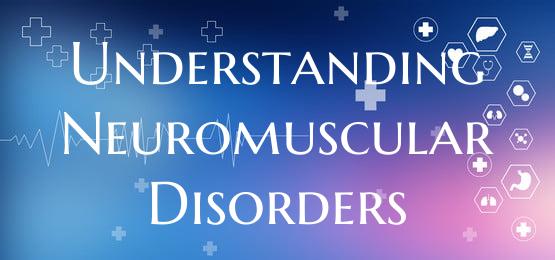
Understanding Neuromuscular Disorders
Neuromuscular disorders comprise a broad spectrum of conditions that affect the nerves and muscles throughout the body, leading to a range of symptoms and functional impairments. These disorders can manifest in various ways, including muscle weakness, numbness, pain, and impaired movement. Understanding the underlying mechanisms of neuromuscular disorders is crucial for accurate diagnosis and effective treatment.
One of the key components in neuromuscular disorders is the communication between the nervous system and muscles. When this communication is disrupted or damaged, it can result in a variety of conditions such as muscular dystrophy, myasthenia gravis, amyotrophic lateral sclerosis (ALS), and peripheral neuropathy.
Muscular dystrophy is a group of genetic disorders characterized by progressive muscle weakness and degeneration. It affects the proteins necessary for muscle function, leading to muscle wasting over time. Myasthenia gravis is an autoimmune disease that impairs the communication between nerves and muscles, causing muscle weakness and fatigue, especially with repeated movements.
ALS, also known as Lou Gehrig's disease, is a progressive neurodegenerative disorder that affects nerve cells in the brain and spinal cord, leading to muscle weakness and eventually paralysis. Peripheral neuropathy involves damage to the peripheral nerves, resulting in symptoms like numbness, tingling, and muscle weakness in the extremities.
Diagnosis of neuromuscular disorders often involves a combination of physical examination, medical history, imaging tests, and nerve conduction studies. Treatment options vary depending on the specific disorder and may include physical therapy, medications, lifestyle modifications, and in some cases, surgery.
Research into neuromuscular disorders is ongoing, with a focus on developing new therapies to improve symptoms, slow disease progression, and ultimately find a cure. Increased awareness and understanding of these conditions are crucial for early detection and intervention, leading to better outcomes for individuals living with neuromuscular disorders.